Flat Foot Floey
My Mail is Forwarded Here
- Messages
- 3,220
- Location
- Germany
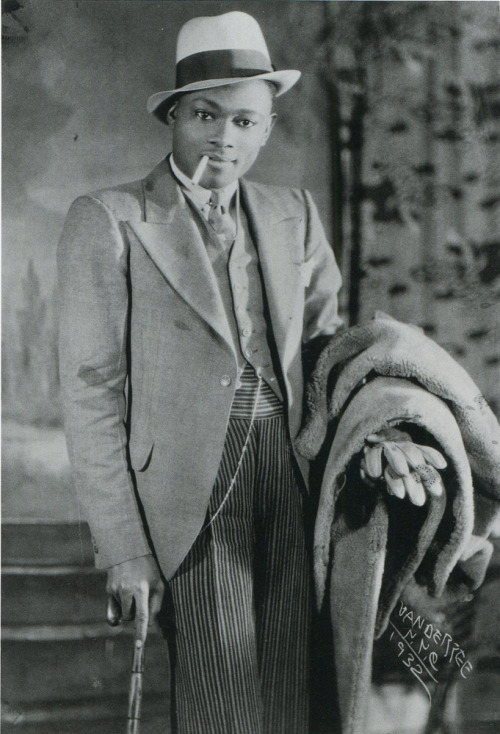
A dandy from Harlem, photgraphed by James Vanderzee in 1932.

 John Lofgren Monkey Boots Shinki Horsebuttt - $1,136 The classic monkey boot silhouette in an incredibly rich Shinki russet horse leather.
John Lofgren Monkey Boots Shinki Horsebuttt - $1,136 The classic monkey boot silhouette in an incredibly rich Shinki russet horse leather.  Grant Stone Diesel Boot Dark Olive Chromexcel - $395 Goodyear welted, Horween Chromexcel, classic good looks.
Grant Stone Diesel Boot Dark Olive Chromexcel - $395 Goodyear welted, Horween Chromexcel, classic good looks.  Schott 568 Vandals Jacket - $1,250 The classic Perfecto motorcycle jacket, in a very special limited-edition Schott double rider style.
Schott 568 Vandals Jacket - $1,250 The classic Perfecto motorcycle jacket, in a very special limited-edition Schott double rider style. 



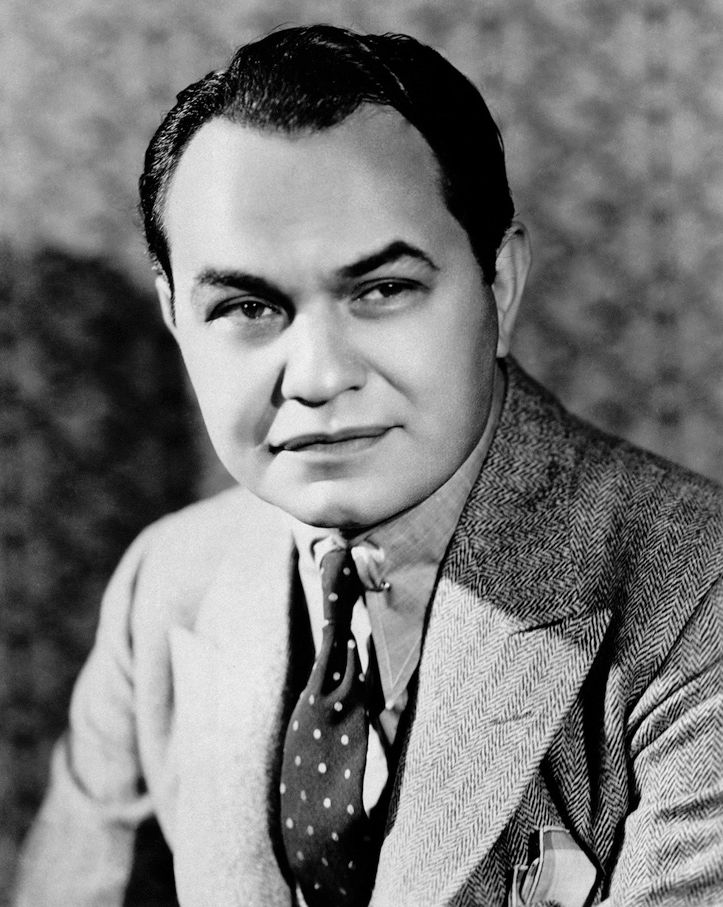
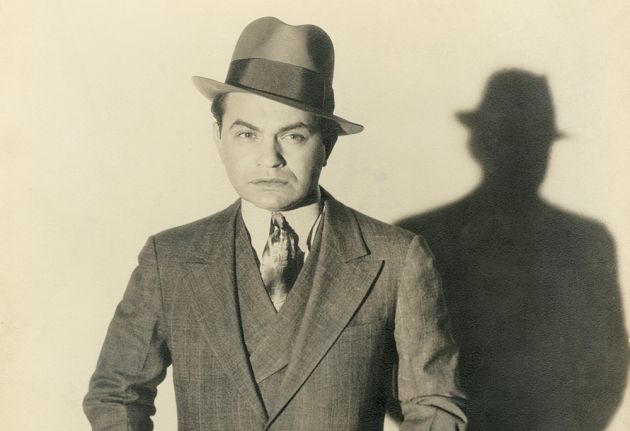
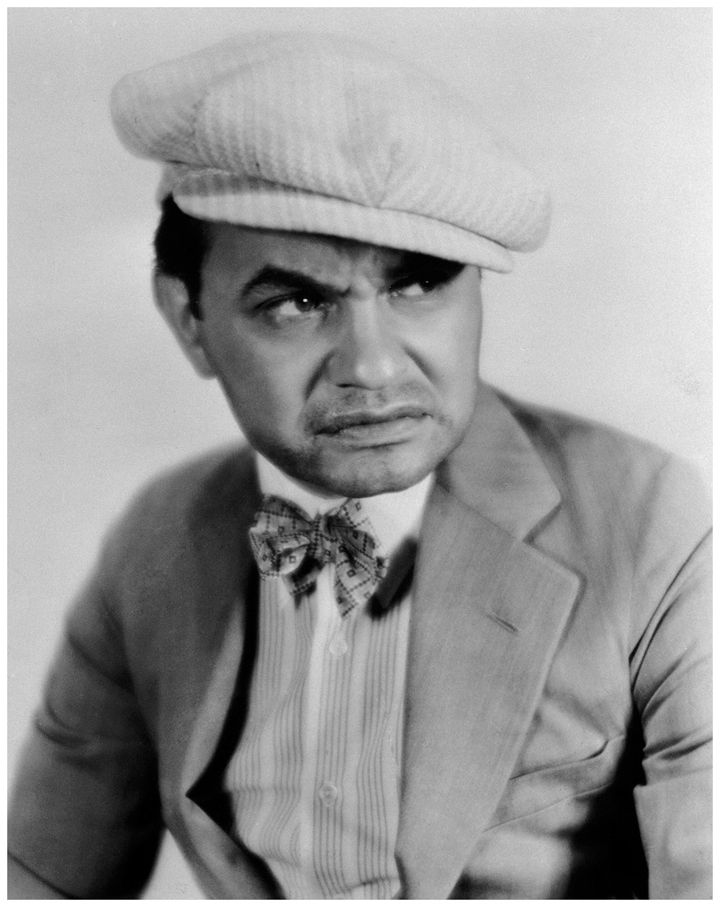
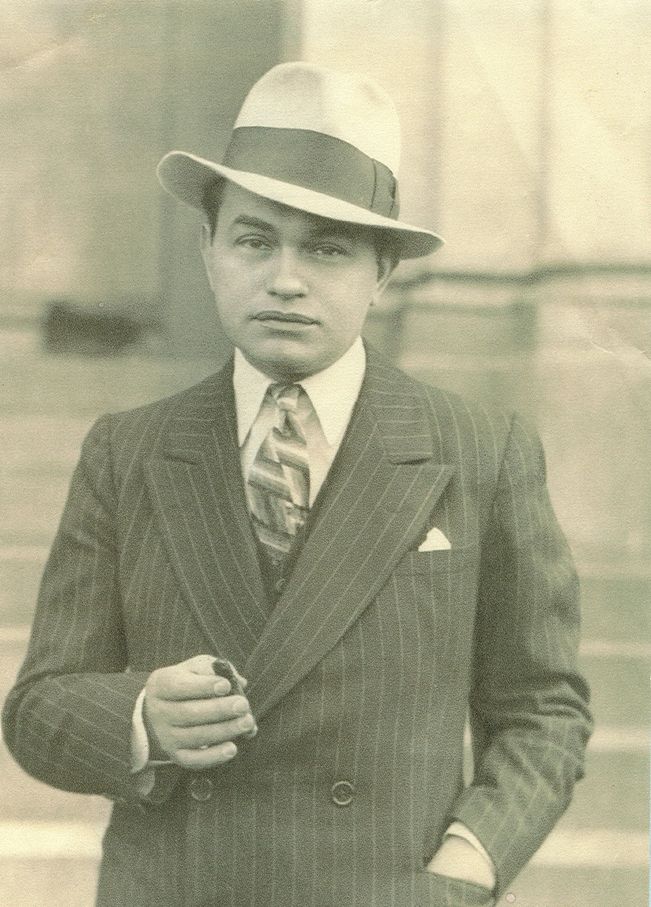
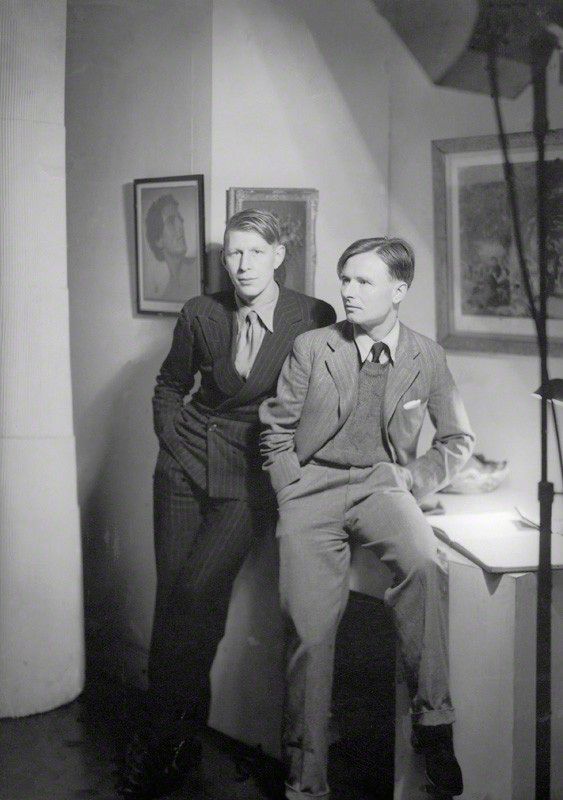
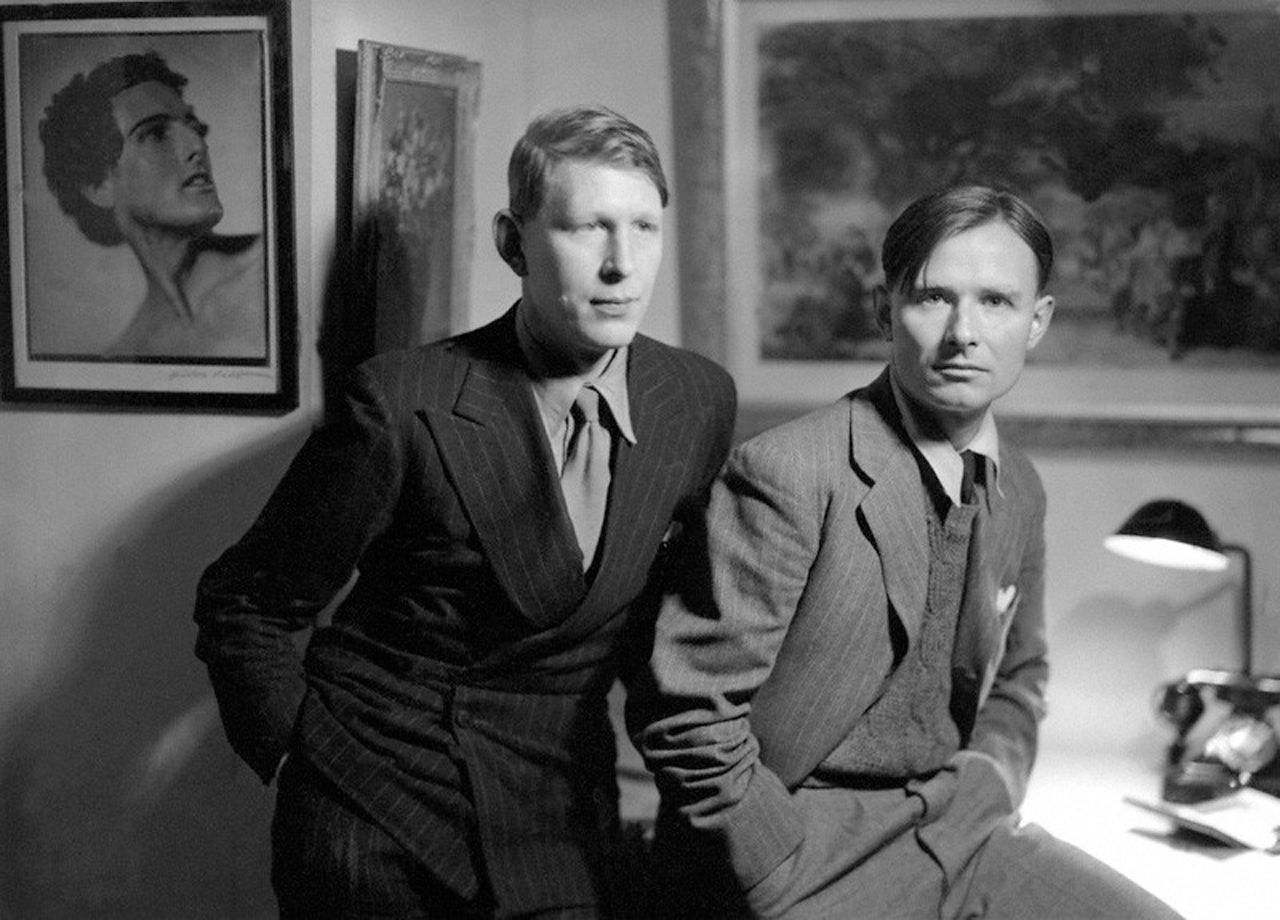
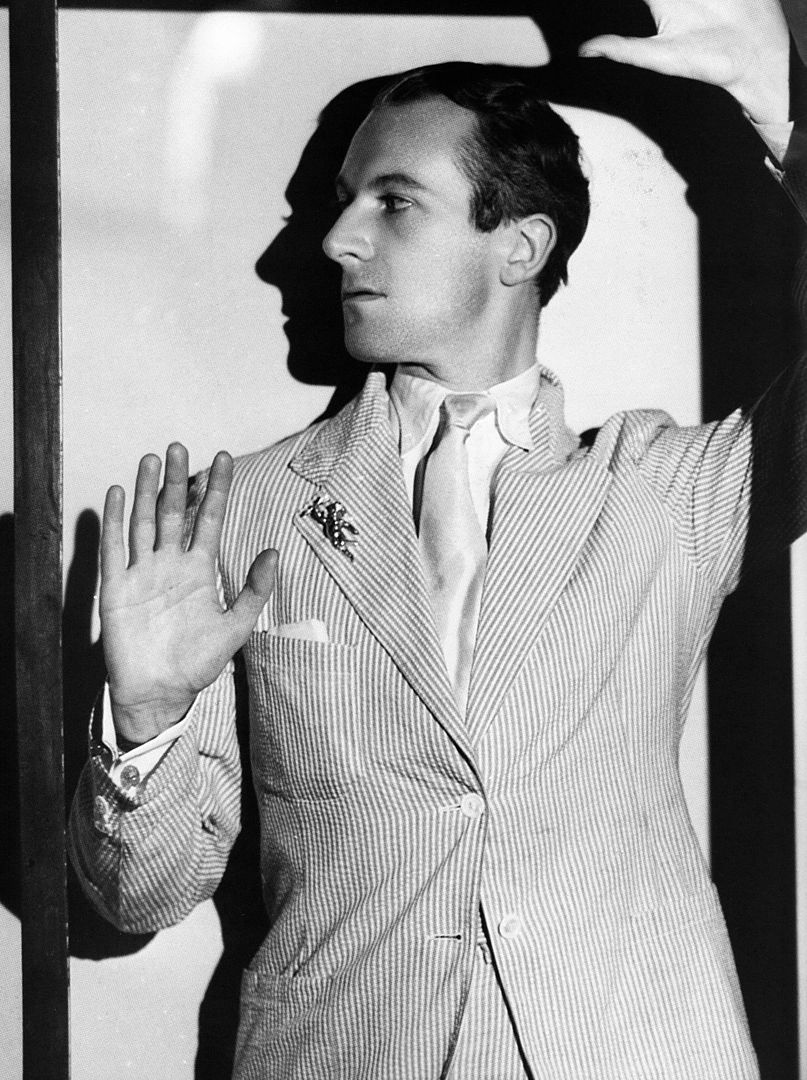
















They were certainly more prevalent than the lack of photos might indicate.
Brooks Brothers ads from 1935 claim that seersucker summer suits are making a revival "in the past few years".
Long popular in the Southern US it apparently became somewhat more prevalent in the Northern states during the 1930's.
Business week of 1932 claims that New York retailers saw an 25% increase in seersucker, Palm Beach and linen sales.
LIFE magazine of 1939 has an article "Northerners succumb to summer suits" describing seersucker: "one of the oldest of cotton fabrics, has been used for men's suit since centuries [...] popular in the South, Northerners balk because it looks unpressed."
Throughout the 20's and early 30's Farmers Bulletin lists the uses of seersucker as: "Night clothing, house dresses, shirts, children's garments ; heavier qualities, men's suits."
Trying to glean information from the English and German wikipedia can be confusing... the English entry describes it as a poor man's suit in the South until the 20's, while the German entry has it as popular among Southern senators after it's introduction in New Orleans at the beginning of the 20th century. Both are dubious at best IMO. While certainly used for workwear, the references above indicate that it was also used for "good suits".
Also, while it usually is associated with the Southern US, it was introduced to the Western hemisphere by the British, who apparently picked it up in India. "Seersucker" is derived from the Persian "shir-o-shekar" (milk and sugar), describing the yellowish-white stripes. A seersucker turban was until the late 19th century a frequent "trademark" of Persian merchants.